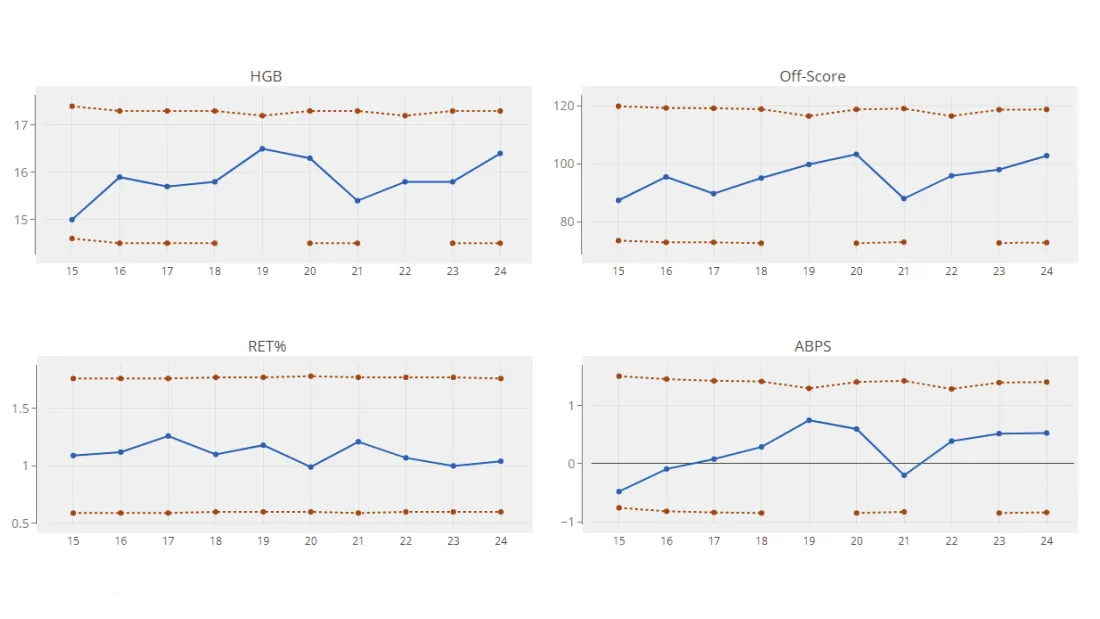The urine and blood samples that are taken during testing may be analyzed exclusively by a WADA-accredited laboratory. The Swiss Laboratory for Doping Analyses (LAD) is one such laboratory, to which Swiss Sport Integrity outsources the analysis of most of the samples it collects. When the samples arrive, the laboratory checks their integrity, and then analyzes them according to the detailed standards laid down by WADA. It never knows the identity of the person from whom the sample was taken.
Direct Proof
In the laboratory, the urine and blood samples are tested for prohibited substances using a variety of analysis methods. An adverse analytical finding (AAF) is also known colloquially as a positive test. A finding is deemed adverse if it proves the presence of one or more prohibited substances (as per the Prohibited List), or their metabolites.
The applicable regulations allow Anti-Doping Organizations to store Doping Samples for up to 10 years and to reanalyze them at a later date using refined or novel procedures.
Indirect Proof (Athlete Biological Passport)

Screening and Identification Procedures
Laboratories use a variety of analytical processes, divided into screening and identification procedures, to test urine and blood samples for substances relevant in the doping context. The first step is general screening, in which any inconclusive negative results are specifically followed up. A positive sample means that one or more prohibited substances (prohibited compounds or their metabolites) has/have been proven present.
The most common doping substances found world-wide are anabolic steroids, stimulants, and cannabinoids. These substances are detected primarily by means of gas chromatography and then mass spectrometry. Chromatography is used to separate individual chemical compounds from gas or liquid mixtures (gas chromatography GC, and liquid chromatography LC). They are then identified by means of mass spectrometry (MS). Each substance has a unique mass spectrum, comparable to a human fingerprint. Other processes, such as those applied in immunology, are used beyond MS to identify individual substances.
Athlete's Rights During Analysis
Athletes have the following rights as their test samples are being analyzed:
- To be notified of the results of the A sample analysis.
- To be present when the sample is split.
- If the A sample tests positive, to request within the set time frame that the B sample also be analyzed, otherwise the results of the A sample analysis will be deemed final.
- To be present when the B sample is opened and analyzed.
- To be accompanied by an expert of their choice for any laboratory analysis of the B sample.
- To request copies of the laboratory records concerning the A and B samples.
More information on the various analytical processes can be obtained from the German Sport University in Cologne: Deutschen Sporthochschule Köln.